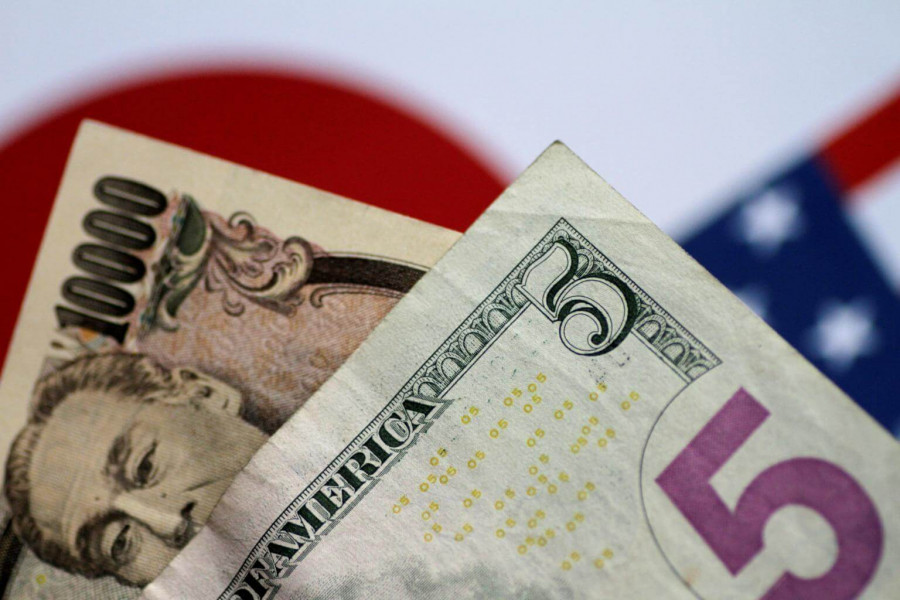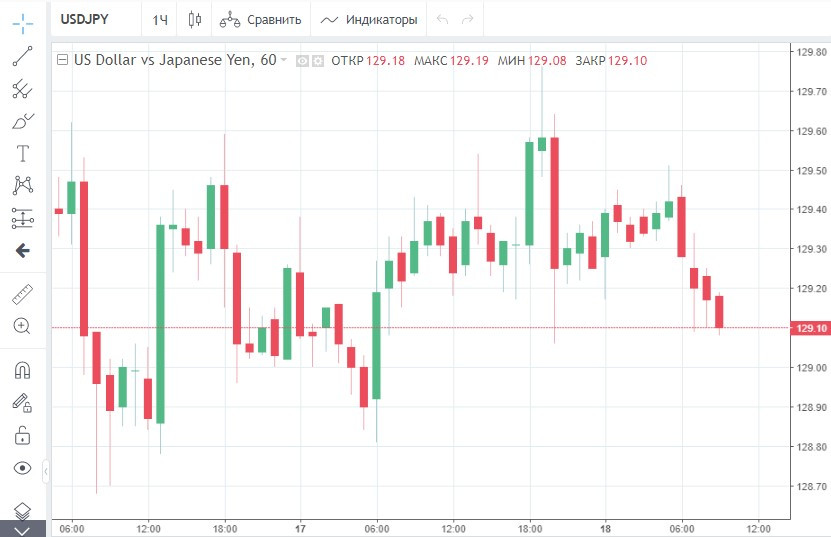

This morning the USD/JPY pair broke the 3-day upward trend and recorded the strongest drop in a week. However, it still retains high growth potential. Why?
Momentum for the yenThe USD/JPY pair dived to the 129 level in Asian trading on Wednesday.

The yen received a powerful boost for growth after the release of new data on Japan's GDP. In January-March, the world's third-largest economy fell at an annualized rate of 1% compared to the previous quarter. This is less than economists' forecast, who expected a decline of 1.8%.
Quarterly GDP was also better than predicted. During the first quarter, the Japanese economy declined by 0.2% against the preliminary estimate, which assumed a contraction of 0.4%.
Japan's GDP fell for the first time in two quarters. The negative dynamics was facilitated by quarantine restrictions, which painfully hit the service sector.
Also, strong pressure on the Japanese economy in the first quarter of the year was exerted by a sharp rise in prices for imported goods caused by the military conflict in Eastern Europe.
In addition to the crisis in Ukraine, the decline in the foreign trade result was facilitated by the fall of the yen to 20-year lows against the dollar.
Recall that last month the exchange rate of the Japanese currency fell to a record low due to differences in the policies of the US Federal Reserve and Bank of Japan.
At the moment, the Fed's main priority is the fight against high inflation. In an attempt to contain rising prices, the US central bank moved to a phased increase in interest rates and reduced stimulus, which served as a catalyst for the dollar's growth.
As for the BOJ, it remains on a loose monetary policy as the government's number one objective is to restore the country's economy to pandemic levels.
What awaits Japan next?The good news for Japan now is that its GDP has shrunk much less than expected. The bad news is that the rebound in the second quarter will be much smaller given the difficult conditions.
Some analysts expect that Japan's economy will recover in the coming quarters, which will be facilitated by the easing of restrictions related to the coronavirus.
However, there are doubts that the recovery will be V-shaped and sharp, since the rise in energy and food prices has led to a significant restriction of consumption in the country.
Now Japanese economists fear that domestic demand will continue to fall due to a decline in real household incomes and worsening terms of trade for companies.
Experts also expect a reduction in external demand against the background of continued quarantine in China, the crisis in Ukraine and an increase in rates in the United States.
Gloomy forecasts for Japan's GDP may force Prime Minister Fumio Kishida to expand the quantitative easing program on the eve of parliamentary elections scheduled for July 10.
Recall that yesterday the Japanese government published the draft additional budget. Amid rising energy and food prices, the authorities plan to allocate 2.7 trillion yen ($20.86 billion) to support entrepreneurs and low-income families.
USD/JPY ForecastThe arguments in favor of continued BOJ stimulus may be strengthened by inflation statistics. Data for April will be published this week, on Friday.
According to preliminary estimates, last month the annual inflation rate in the country will be 1.5% against 1.2% achieved in March. And the basic consumer price index may rise to 0.9% compared to the previous value of 0.7%.
Despite the acceleration of inflation, price growth in Japan still remains well below the global level. This is a guarantee that in the near future the BoJ will continue to bend its dovish line.
Bank of Japan Governor Haruhiko Kuroda has repeatedly argued that the central bank should keep its interest rates unchanged to support the fragile economic recovery.
This position stands out sharply against the global background. Many central banks have already started tightening their exchange rates or intend to do so.
Now the markets are expecting further Fed rate hikes. To cool the red-hot inflation, US officials are ready to raise interest rates by 50 bps in June and July.
According to forecasts, the Fed's hawkish tactics should provide significant support to the dollar in the medium term. The US currency will continue to strengthen against the Japanese yen.
As for the short-term forecast for the USD/JPY pair, it is not so optimistic. Today, the greenback risks approaching the temporary support level of 128.6, breaking through consolidation.
However, if the greenback manages to stand above this mark, in the near future we can expect its reversal and a confident movement back to the level of 130.